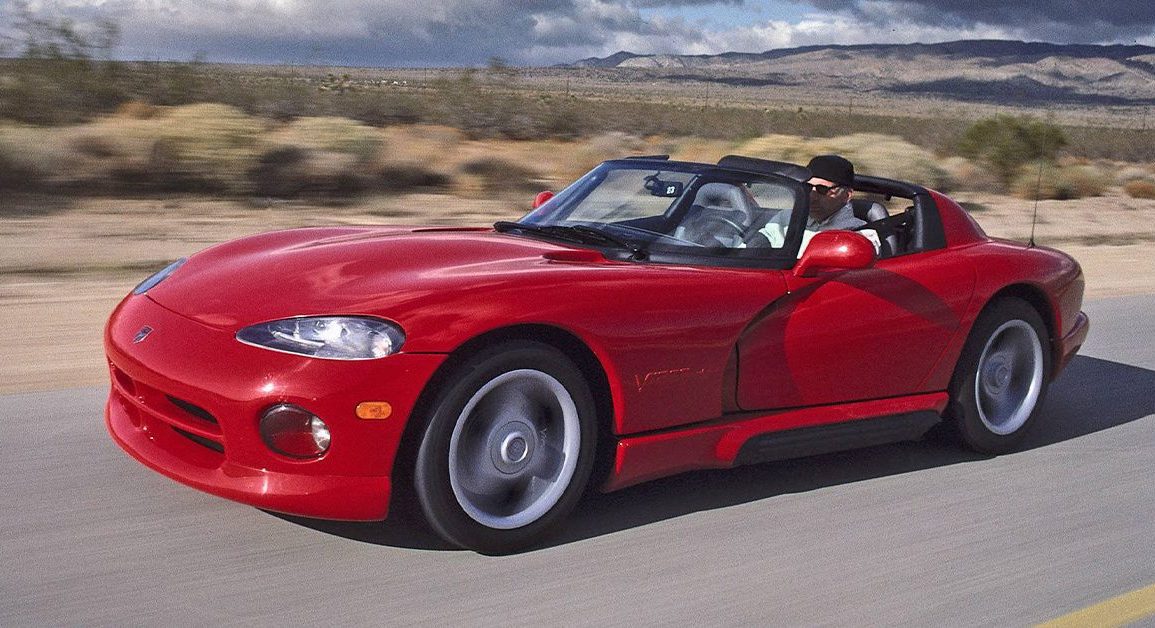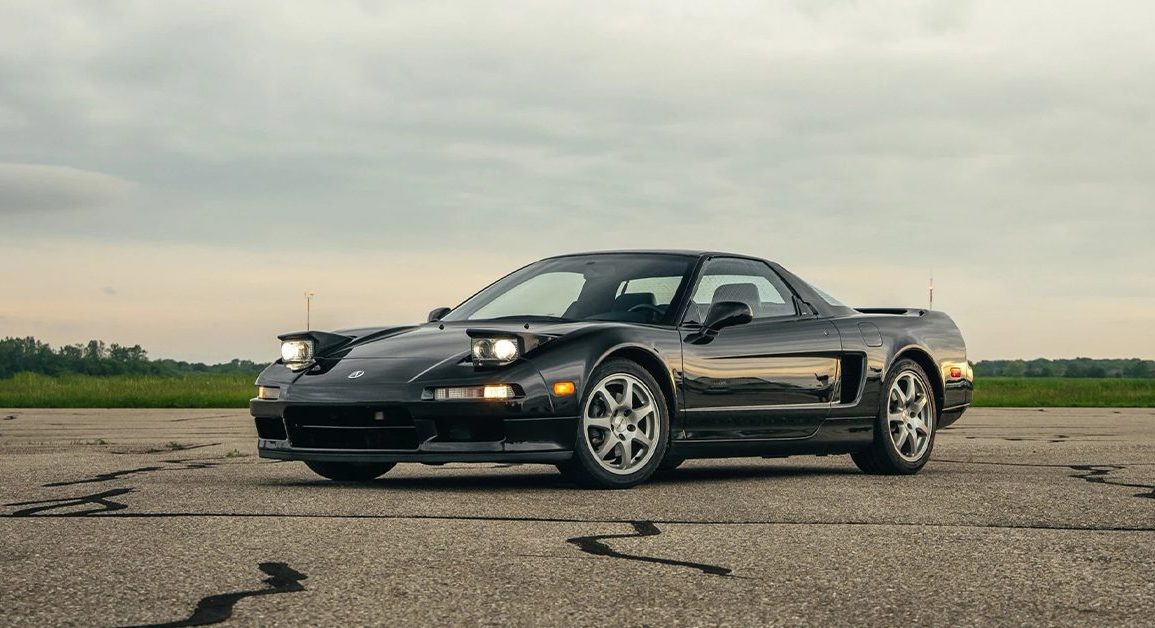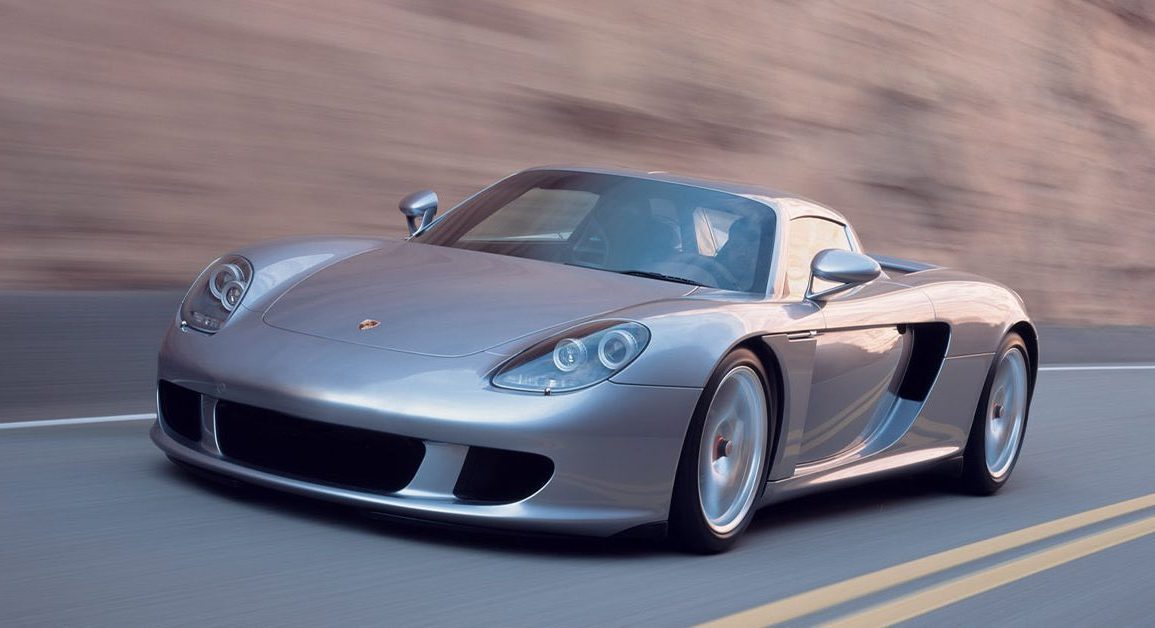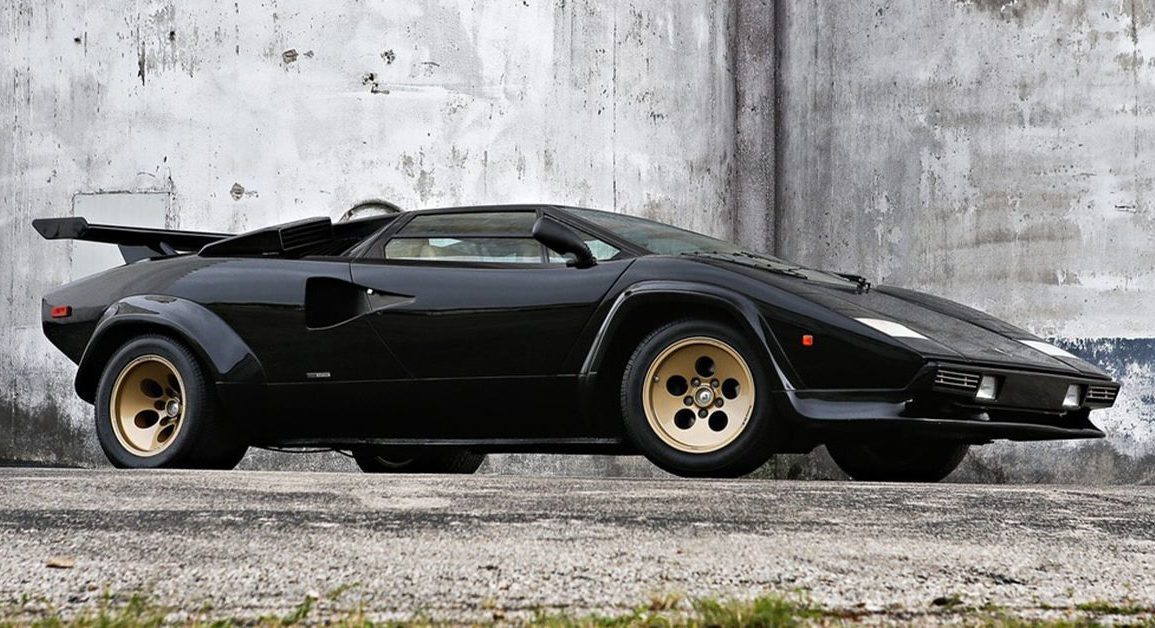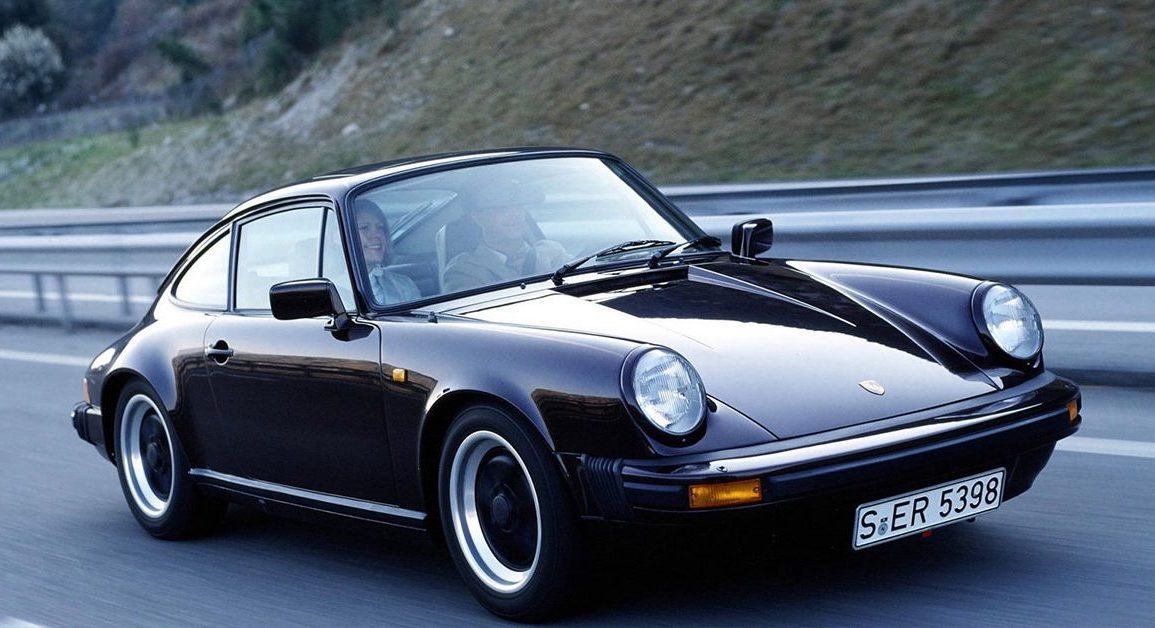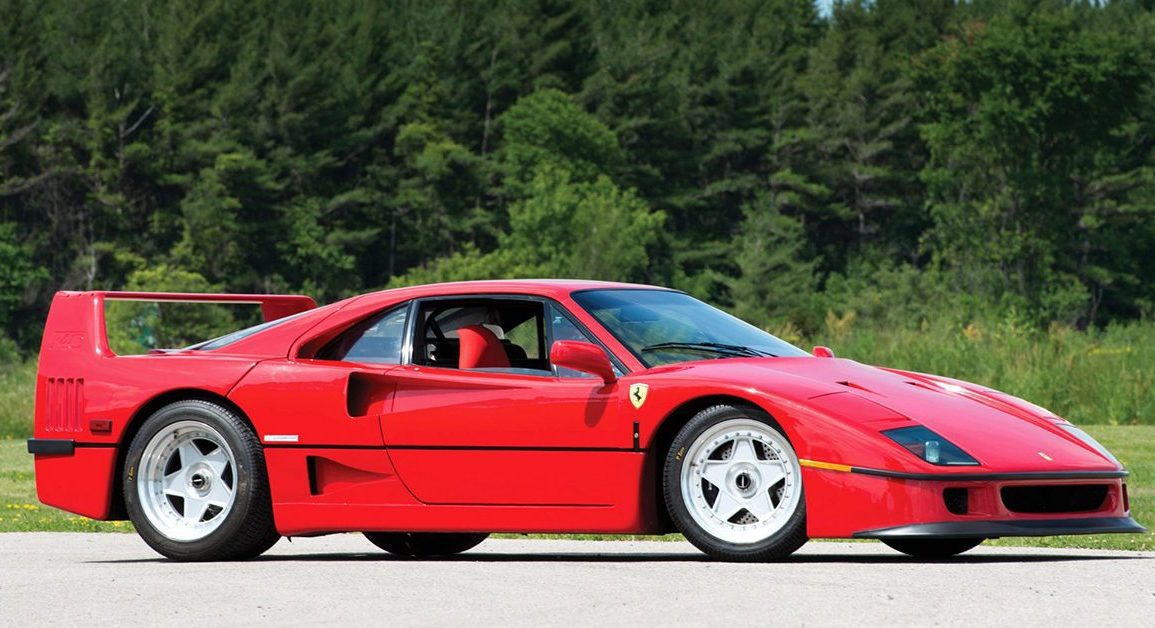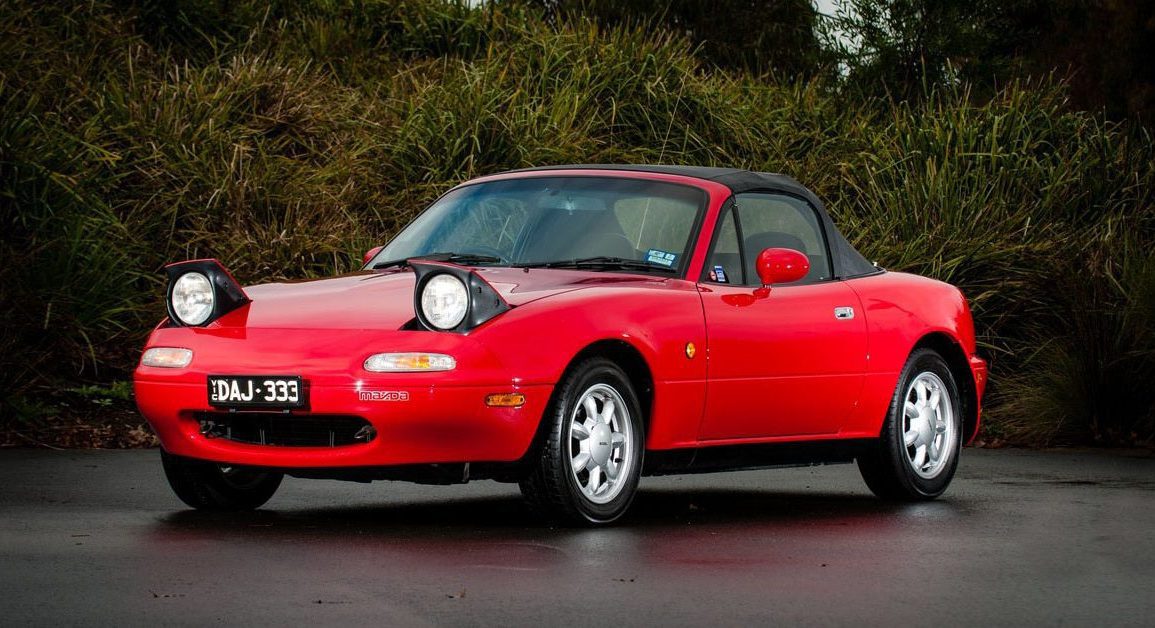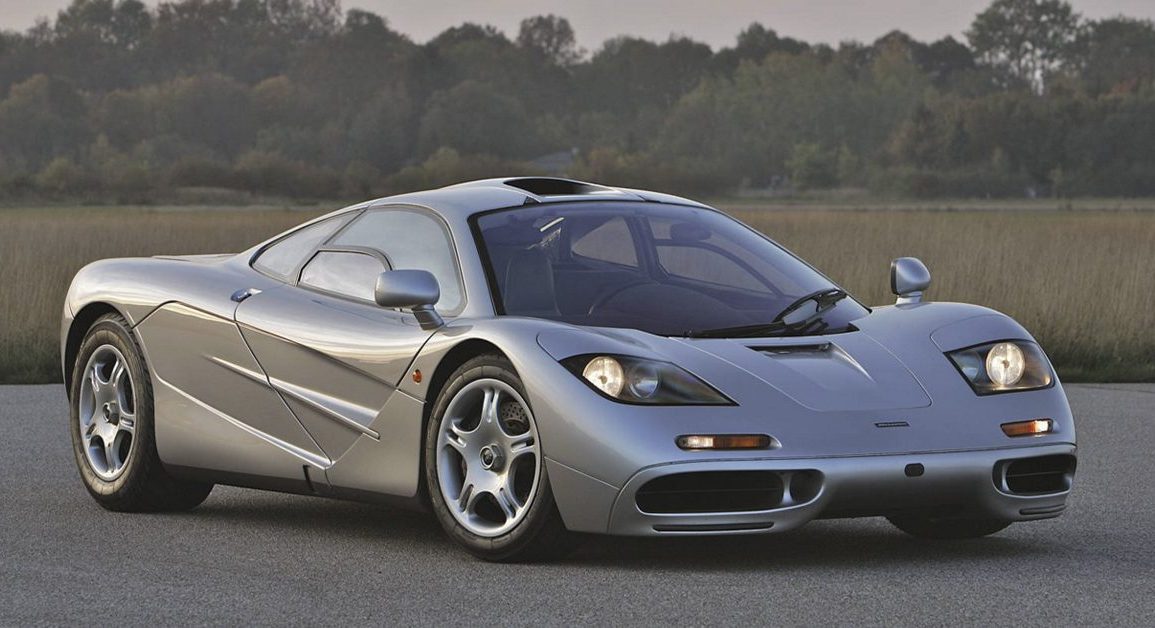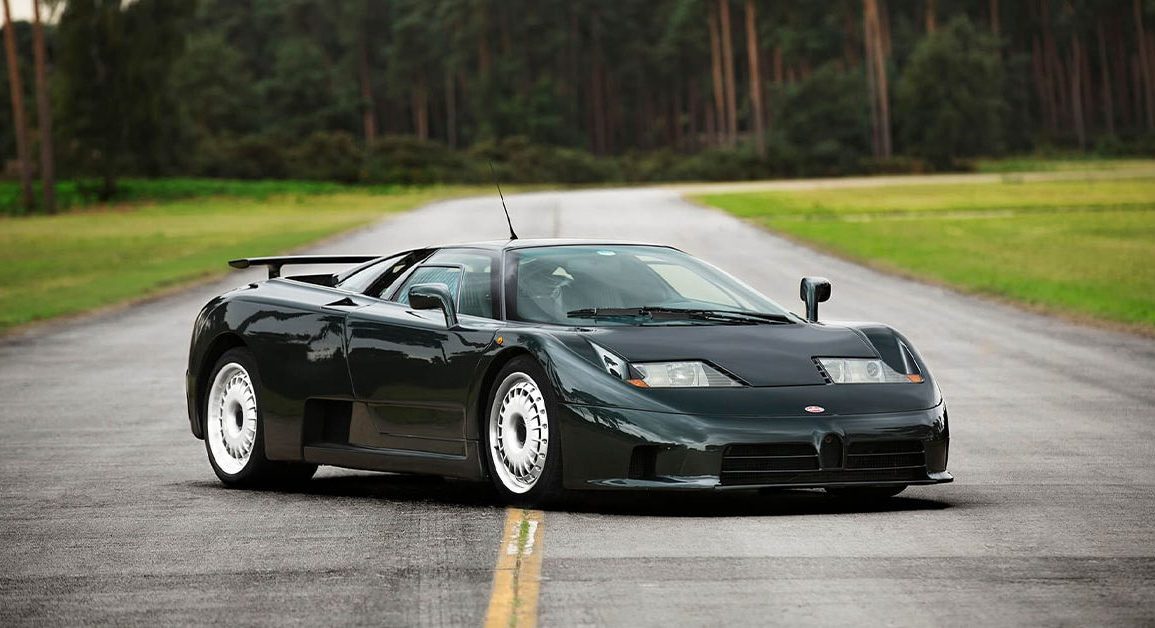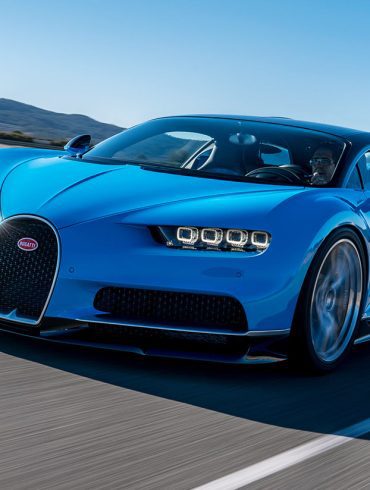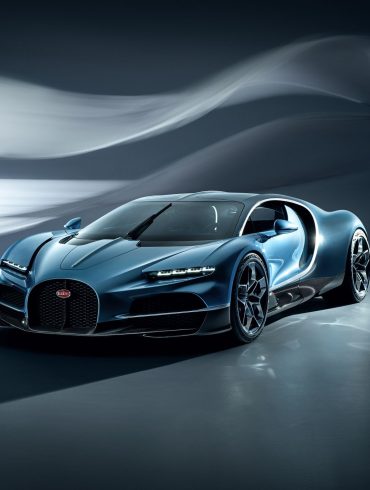Best Analog Cars Ever Made
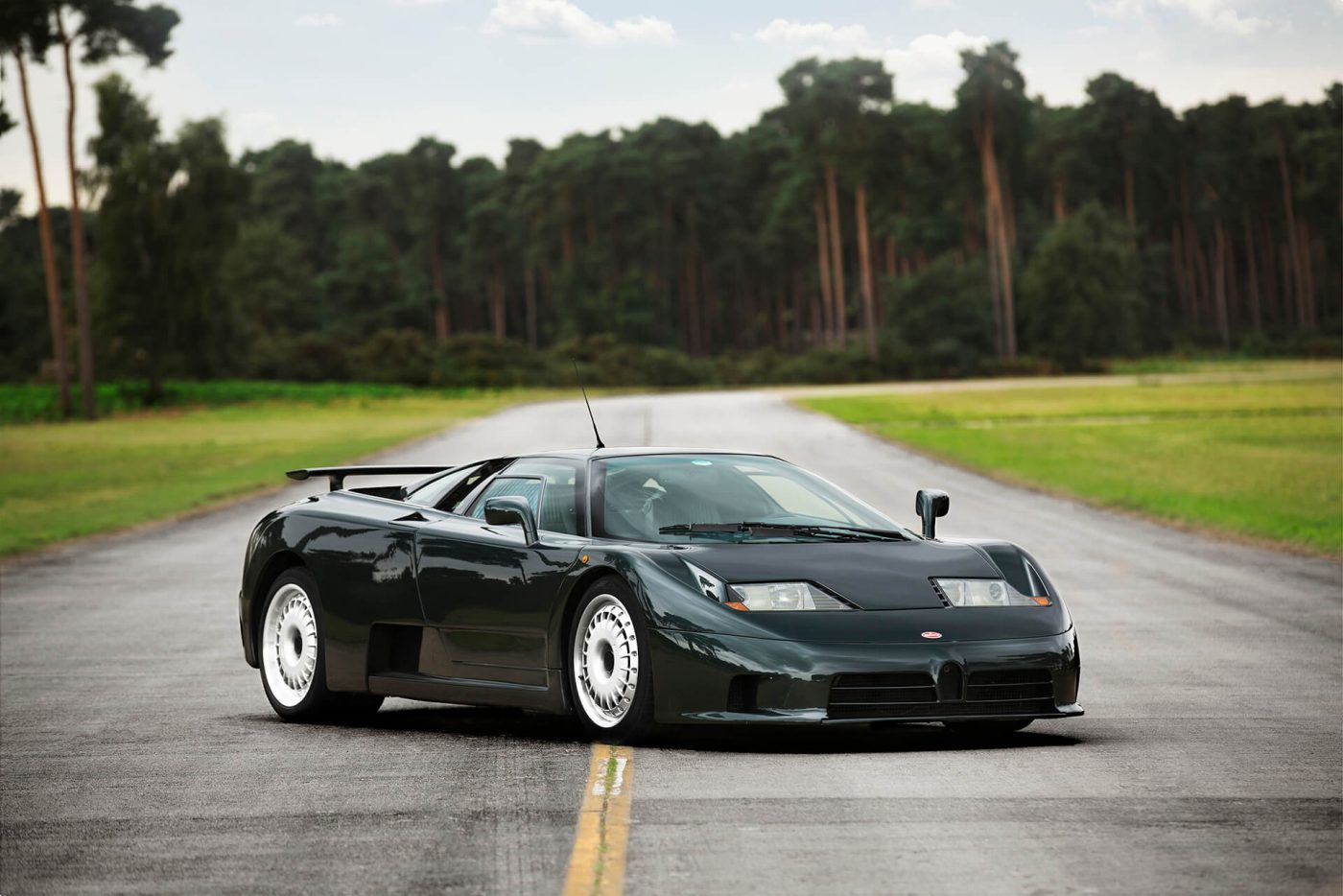
These cars offer a purer, more connected driving experience, regardless of their power or prestige
About Our Selections
There's something about the mechanical, more tangible feeling of "analog" stuff, whether vinyl records, reflex cameras, or manual cars, that digital technology can't simply match.
In the case of cars, it's not about crazy horsepower; it's about the raw, visceral driving experience that a manual car with sporty handling can offer. There have been many analog cars with all types of configurations: mid- or front-engine, rear-wheel drive, or all-wheel drive, from the eighties, nineties, and two thousands. Choosing which is best is entirely subjective; it all comes down to preferences.
But they share one thing: they're part of a special breed of automobiles. The kind that makes you feel like you're one with the car, where every input you give as a driver has a reaction that translates into a more organic experience.
Noble M600
Hand-built madness
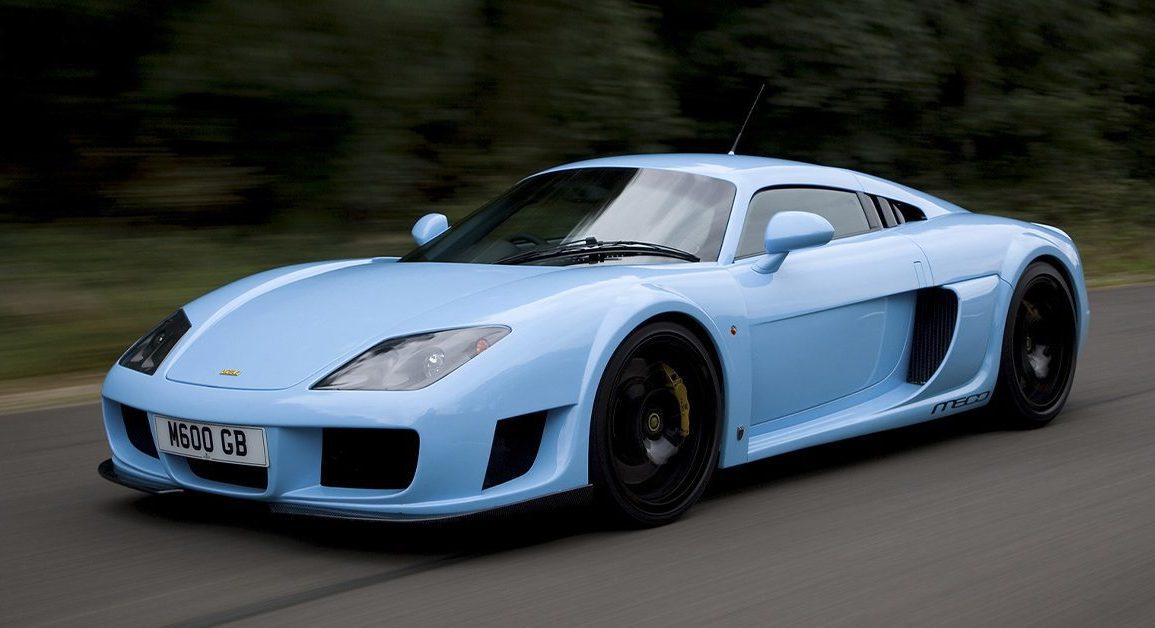
Why We Picked It:
This two-seater's thrilling combination of Porsche and Ferrari components help it strike a good balance inside dimensions similar to those of a modern compact automobile.
Yamaha twin-turbocharged the Volvo-derived 4.4-liter V8 engine to produce 650 horsepower at 6,800 RPM in Race mode, with 550 and 450 horses in the two more "civilized" modes. A six-speed manual gearbox by Oerlikon Graziano sends the power to the rear wheels. The Noble M600 has a top-notch engine and unbelievable controls.
Superb mechanics contribute to the M600's excellent performance, including studied aerodynamics and a light weight between 1,198 and 1,250 kg, thanks to its tubular steel chassis that supports the carbon fiber body.
It has a 360 mm front axle with six-piston calipers and a 350 mm rear axle with four-piston calipers, as well as a double wishbone suspension and Multimatic adjustable damping, which allows you to adjust the hardness of the shock absorbers and the rear stabilizer bar.
What is most striking is that the M600 lacks electronic aids. The only concession is traction control, which can be disengaged through a switch.
Specifications:
Price: $400,000-$800,000
Engine: 4.4L V8
Power: 650 hp
Torque: 708 lb-ft
Transmission: 6-Speed Manual
Curb Weight: 2,760 lbs
Highlights:
The M600 was often compared to high-performance cars like the Ferrari 458 Italia and the Porsche 911 GT3. However, the M600 was unique in its focus on driver engagement and lack of electronic driver aids.
The double wishbone suspension and Multimatic adjustable damping allow you to regulate the hardness of the shock absorbers and adjust the rear stabilizer bar.
Learn More:
Dodge Viper (First Gen)
The American muscle revivalist
Why We Picked It:
Dodge released the first iteration of the Viper For the 1992 model year. The original Viper, designated as the SR I, was introduced in just one body style, the open-topped roadster dubbed the RT/10.
The Viper was built with performance in mind; thus, it lacks several amenities. Dodge nixed interior or exterior door knobs, airbags, or AC to keep the vehicle affordable, reliable, and focused on offering a raw and visceral driving experience. Other essential components were canvas soft tops and zippable vinyl windows, while a removable hardtop was later included.
The Viper's 8.0-liter V10 engine, co-developed with Lamborghini, included an all-aluminum block, producing 400 horsepower and 465 lb-ft of torque to the rear wheels through a Borg-Warner T56 six-speed manual transmission, solid and durable enough to handle the power of the V10 engine. The Viper went from 0 to 60 mph in 4.8 seconds and reached 165 mph.
The Dodge Viper has been around since the 1992 model year, and while it has gone through several iterations, it has maintained a lot of its "analogness" over the years.
Specifications:
Price: $30,000-$280,000
Engine: 8.0L V10
Power: 400 hp
Torque: 465 lb-ft
Transmission: 6-Speed Manual
Curb Weight: 3,285 lbs
Highlights:
The first-generation Dodge Viper was a polarizing car. It is undeniably a significant car in automotive history and helped revive the American muscle car.
The Viper's rigid chassis comprised a steel frame and aluminum subframes. It was designed to provide a good balance of stiffness and weight.
Learn More:
Honda NSX (First Gen)
Honda's Ferrari killer
Why We Picked It:
Honda's ground-breaking sports car, the NSX, reinvented the idea of a supercar in 1990 by fusing innovation, aesthetics, and power. 270 horsepower are sent to the rear wheels via a 3.0-liter V6 engine hidden beneath the vehicle's svelte and aerodynamic bodywork. Its highly developed suspension system and lightweight aluminum body design allowed for outstanding handling and agility.
Variable valve timing, titanium connecting rods, and a drive-by-wire throttle system were all first introduced by the NSX. However, the NSX's exceptional balance and driving pleasure made it stand out.
Honda used rigorous engineering to achieve a nearly perfect weight distribution. Their ground-breaking aluminum monocoque chassis also provided unparalleled rigidity, resulting in a vehicle that readily responded to every input from the driver for a thrilling and accurate driving experience.
With its ergonomic cockpit design, cutting-edge temperature control systems, and great visibility, the NSX also excelled in driver comfort, making it usable for daily usage while offering a pleasurable driving experience. The NSX, still a legend in automotive engineering, represents Honda's dedication to pushing boundaries and redefining what is possible.
Specifications:
Price: $35,000-$400,000
Engine: 3.0L V6
Power: 270 hp
Torque: 210 lb-ft
Transmission: 5-Speed Manual / 4-Speed Automatic
Curb Weight: 3,010 lbs
Highlights:
Ayrton Senna, a legend in Formula One, helped develop and test the NSX, helping it establish itself as a genuine high-performance sports car.
The NSX boasts long, low lines with a clean, uncomplicated appearance. Pop-up headlights that improve the car's aerodynamics and streamline its appearance complement its sleek, uncluttered rear end, making it more attractive.
Learn More:
Porsche Carrera GT
The last analog supercar
Why We Picked It:
Technically speaking, the Porsche Carrera GT has a race car engine, making it unique. Porsche modified the engine for the Carrera GT and took the required measures to make it more potent than the original unit while still adhering to production car standards.
The end product is a naturally aspirated 5.7L V10 midship engine with a six-speed manual transmission that generates 612 horsepower and 435 lb-ft of torque. With a top speed of 205 mph, the Carrera GT could accelerate from 0 to 60 mph in 3.8 seconds and from 100 to 60 mph in 6.9 seconds.
The Carrera GT's monocoque and subframe are made entirely of carbon fiber, making them the most significant use of carbon fiber in the chassis construction. This would be the cornerstone for showcasing the car's stiffness, lightness, and agility.
The front and rear double-wishbone axle pushrods used in the suspension system improved the car's responsiveness to driver inputs while also boosting road feel, something the more typical McPherson spring/strut design would not have been able to do. The majority of the components were also made of aluminum to save weight.
Specifications:
Price: $1,000,000-$3,000,000
Engine: 5.7L V10
Power: 612 hp
Torque: 435 lb-ft
Transmission: 6-Speed Manual
Curb Weight: 3,042 lbs
Highlights:
Many technologies used in the Carrera GT’s suspension components were adapted from the Porsche 911 GT1 race car, which won the 1998 24 Hours of Le Mans endurance race.
The Porsche Carrera GT profited from the company's involvement in endurance racing, where by the turn of the millennium, its carbon fiber technology had endured the most demanding tests.
Learn More:
Lamborghini Countach LP5000 QV
Much more than a poster porn, this is one raging bull.
Why We Picked It:
The Lamborghini Countach is one of the most legendary supercars ever and, for some, the quintessential poster car. This groundbreaking masterwork forever altered the performance and aesthetic landscape of automobiles.
The Countach LP5000 Quattrovalvole's 5.2-liter naturally aspirated V12 engine produced 455 horsepower paired to a five-speed manual transmission, allowing it to sprint from 0 to 60 mph in just over 4 seconds and reach a top speed of roughly 183 mph.
Many automakers turned back to turbocharging to increase power. Still, Lamborghini opted for a cylinder head with four valves per cylinder and a larger displacement of 5,167 cc by increasing the stroke to 75 mm. The compression ratio was 9.5:1, and downdraft Weber carburetors were used for the first time on the Countach. These carburetors caused an enormous bulge in the center of the engine cover, reducing the view out the back. The front tires also widened; therefore, the suspension was adjusted to accommodate the new dimensions.
The Lamborghini Countach Quattrovalvole was unique because it was raw and aggressive. It demanded the driver's attention and rewarded them with an exhilarating driving experience.
Specifications:
Price: $900,000-$2,000,000
Engine: 5.2L V12
Power: 455 hp
Torque: 340 lb-ft
Transmission: 5-Speed Manual
Curb Weight: 3,500 lbs
Highlights:
The Quattrovalvole was only available with a manual transmission. This gave the driver more control over the car and made for a more engaging driving experience.
The Quattrovalvole did not have power steering. This made driving more difficult, but it also gave the driver more feedback from the road.
Learn More:
Porsche 911 (G-Series)
A pure driving experience
Why We Picked It:
After ten years, Porsche completely redesigned the 911 without altering the silhouette or styling. After the summer break in August 1973, series manufacturing of the new 911—internally referred to as the G-Series—began with the model year 1974.
The standard 911's 2.7-liter six-cylinder engine took the 911 Carrera RS's displacement from the previous generation. The displacement was shortly after increased to 3.0 liters. It was increased to 3.2 liters starting in 1983, and in the case of the 911 SC RS, horsepower increased to 250. The excellent development potential of the air-cooled boxer engine never ceased to amaze.
The 3.0-liter boxer engine in the 911 Turbo's rear has produced much more power since 1974; turbocharging technology adapted from motorsport provided this supercar's initial 260 hp. It gained wings in 1977 by installing a charge air cooler and increasing displacement to 3.3 liters, producing 300 horsepower. Midway through the 1970s, practically unprecedented performance was attained: the sprint from 0 to 60 mph in 5.2 seconds, and the top speed of more than 260 km/h sounded astounding. The myth began with the Turbo.
Specifications:
Price: $100,000-$300,000
Engine: 2.7L Flat-Six
Power: 148 hp
Torque: 173 lb-ft
Transmission: 5-Speed Manual
Curb Weight: 2,370 lbs
Highlights:
The G-series 911 was a major redesign of the 911 that introduced several enhancements, including a more powerful engine and improved handling.
The main interior feature was the new seats with integrated headrests. These seats would be fitted for over two decades with minor modifications in all Porsche models except the 928.
Learn More:
Ferrari F40
The last Ferrari blessed by Enzo
Why We Picked It:
One of the most storied supercars ever produced was the final Ferrari that Enzo Ferrari personally oversaw and authorized. Throughout the world, enthusiast rooms have been adorned with the Ferrari F40, a classic poster car.
The F40 includes a tubular steel chassis, Kevlar body panels, a carbon fiber bonnet and doors, and a 2.9-liter twin-turbo V8 engine with 478 horsepower and 425 pound-feet of torque that is connected to a five-speed manual transmission. It was developed as a street racing vehicle. It had a top speed of 201 mph and could accelerate to 60 mph in 4.1 seconds.
Ferrari advanced the use of lightweight composites even further with the F40. With a dry weight of only 1100 kg, it was the first production road car in the world to use a body made almost entirely of composite materials (Kevlar and carbon fiber).
Pininfarina's bodywork underwent extensive testing in the wind tunnel to provide the best aerodynamic performance. The F40's silhouette became easily recognizable thanks to its small front overhang, low hood, NACA air intakes, and sizable rear spoiler.
Specifications:
Price: $2,000,000-$3,000,000
Engine: 2.9L Twin-Turbocharged V8
Power: 478 hp
Torque: 425 lb-ft
Transmission: 5-Speed Manual
Curb Weight: 2,425 lbs
Highlights:
The F40's wedge-shaped body, massive front air intake, and sloping tail end created the car's highly distinctive look. Ferrari innovated with aluminum and carbon fiber, which are lightweight materials, to make the F40's body.
The Ferrari F40 (Type F120) is a rear-wheel drive, mid-engine sports automobile designed by Pininfarina and engineered by Nicola Materazzi.
Learn More:
Mazda Miata (NA)
The perfected roadster formula
Why We Picked It:
Although you've seen high-performance cars so far, this little roadster from Mazda took the auto industry by storm; therefore, it earned its spot here. The MX-5, aka Miata first-gen (NA), is an exhilarating, low-to-the-ground sports car, introduced in 1989 and famously inspired by the Lotus Elan.
The Miata is fun to drive and boasts the best handling of any roadster from the sixties. The MX-5 reached a sports car's full potential in steering feel, especially in manual, non-power steering forms like this one. One of the Miata's highlights is its fantastic manual transmission, which is silky smooth with short throws that are enjoyable in any driving conditions.
Under the hood, there's a sixteen-valve, twin-cam 1.6-liter four-cylinder engine. This little engine produces 116 horsepower and 100 lb-ft of torque, redlining at 7000 rpm. The engine is paired with a five-speed manual transmission, allowing amiable handling of a ride that is good by sports car standards thanks to an independent suspension.
The Miata sprints from 0 to 60 mph in 9.2 seconds and reaches a top speed of 116 mph. You won't impress any test-result fans with those kinds of scores. However, these numbers don't show how the Miata performs its duties cheerfully.
Specifications:
Price: $6,000-$15,000
Engine: 1.6L Inline-Four
Power: 116 hp
Torque: 100 lb-ft
Transmission: 5-Speed Manual
Curb Weight: 2,160 lbs
Highlights:
The Miata's iconic design was simple and elegant, with its pop-up headlights and rounded curves.
The first-generation Miata was a success beyond Mazda's expectations. It won numerous awards and accolades and helped revitalize the roadster market. It is still considered one of the best sports cars ever made.
Learn More:
McLaren F1
Peak analog supercar
Why We Picked It:
McLaren Automotive, the company behind the highly successful Formula 1 team, also produces the McLaren F1 supercar. Gordon Murray came up with the idea for the car, persuaded Ron Dennis to fund it, and hired Peter Stevens to design the appearance.
McLaren optimized the F1's power-to-weight ratio by combining its lightweight construction with a powerful engine and advanced aerodynamics. BMW's M Sport division developed the F1's engine after the M8 project was scrapped.
With an AP triple plate clutch, the McLaren F1 could go from 0 to 60 mph in 3.2 seconds thanks to its transversely mounted 6.1-liter V12 engine's 627 horsepower and 479 pound-feet of torque.
A 24k gold plating was applied to the engine and hood to help disperse heat. The McLaren F1 is often regarded as the best supercar ever made because it is one of the fastest, most technologically advanced, and probably best-looking vehicles ever produced. For an entire decade, the F1's top speed of 240 mph made it the fastest production car in the world before the Bugatti Veyron's 259 mph top speed overtook it.
Specifications:
Price: $10,000,000-$20,000,000
Engine: 6.1L V12
Power: 627 hp
Torque: 479 lb-ft
Transmission: 6-Speed Manual
Curb Weight: 2,513 lbs
Highlights:
The McLaren F1 debuted in 1992. It was so far ahead of the competition in practically every manner possible that it fundamentally altered the auto industry.
McLaren specifically requested that BMW Motorsport use a naturally aspirated engine for quick response. The F1 has one of the best power-to-weight ratios ever in a production road car.
Learn More:
Bugatti EB110
The resurgence of Bugatti
Why We Picked It:
Romano Artioli, a wealthy businessman, brought back the Bugatti brand in 1991 and named the new automobile after Ettore Bugatti, who would have been 110 years old that year. It was the pinnacle of supercar sophistication and rarity when it debuted.
Designer Marcello Gandini was brought on board, and created the basic shape, including flip-up doors from his Countach. As Technical Director, Paolo Stanzani oversaw the development of the new engine, which featured advanced technologies like five valves per cylinder and an intricate all-wheel-drive system.
Several years before the McLaren F1, the Bugatti EB110 was the first to include a carbon fiber monocoque. No cost was spared during development, and even the most out-there technology was tested.
The EB110's star was a 3.5-liter, twelve-cylinder engine in a vee configuration. The small V12 received a boost in power from four low-inertia Japanese IHI turbochargers, increasing output to 561 hp and 542 lb-ft of torque. The result is a 0 to 60 mph in 3.4 seconds and a top speed of 220 mph.
Specifications:
Price: $1,600,000-$3,200,000
Engine: 3.5L V12
Power: 561 hp
Torque: 542 lb-ft
Transmission: 6-Speed Manual
Curb Weight: 3,940 lbs
Highlights:
The Bugatti EB110 was designed by Marcello Gandini, a famous Italian car designer who also designed the Lamborghini Countach, the Lancia Stratos, and the Alfa Romeo Alfasud.
The EB110 was one of the first supercars to feature all-wheel drive, improving traction and stability, and active suspension, which could adjust the ride height and damping to provide the best possible ride and handling.


